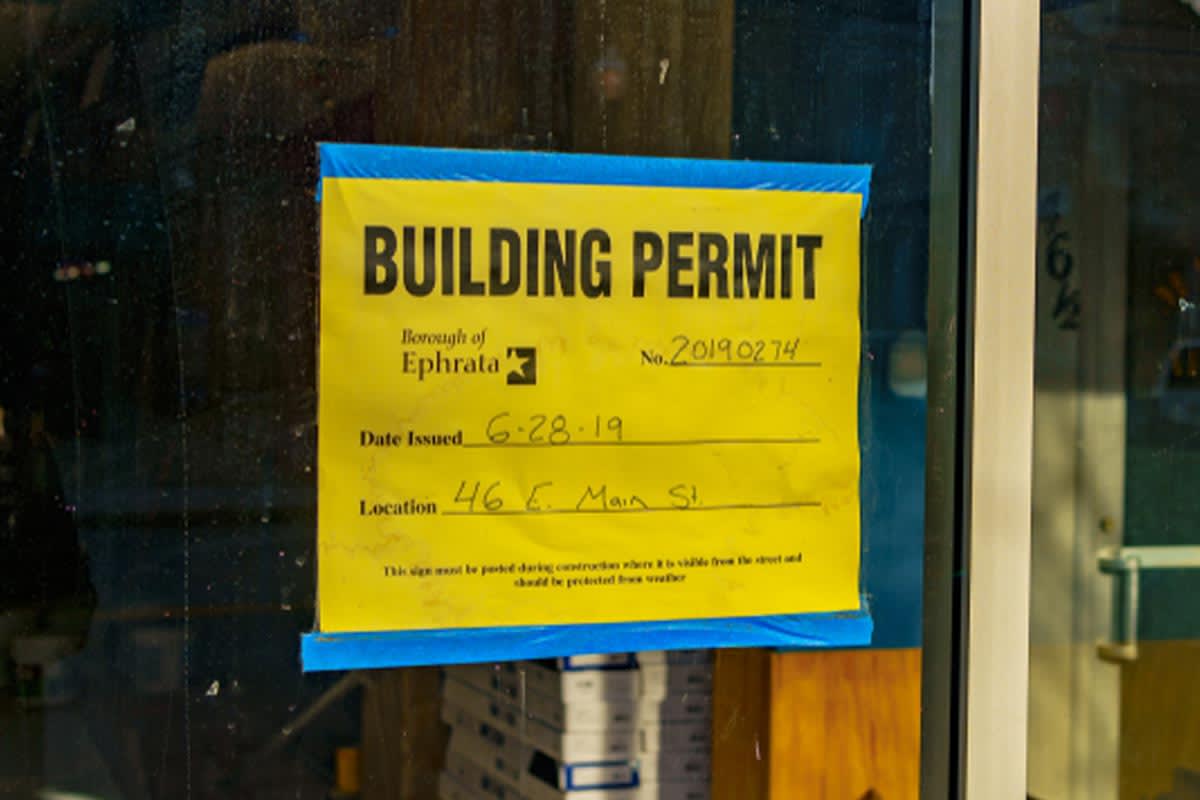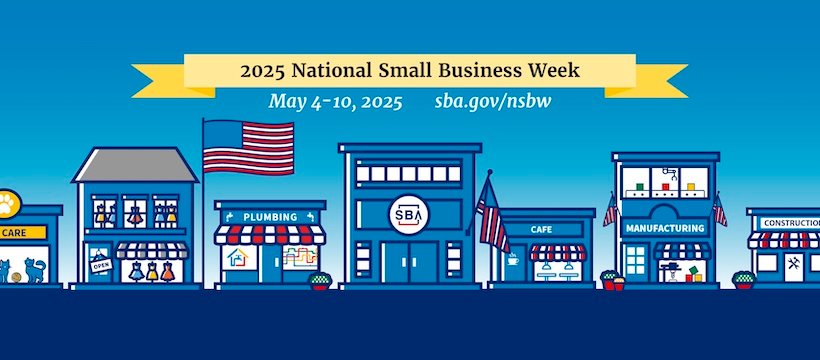Summarizing the newest study by JD Power (U.S. Electric Vehicle Experience (EVX) Home Charging Study), Forbes published this excellent outline.
Source: Forbes.com
Electric car charging is widely misunderstood by people who haven’t owned one. Getting consumers to take the EV plunge depends on clearing up some of the mystery and giving them realistic expectations about what living with one is like. JD Power’s inaugural U.S. Electric Vehicle Experience (EVX) Home Charging Study, released this week, may help clear up some of the mystery.
Many non-EV owners’ concerns revolve around public charging: Where do I find a station? How often do I have to recharge? How long will it take? How much does it cost? These questions reflect the “gas station model,” in which adding energy to a car requires visiting a place.
In reality, 80% of EV charging is done at home—almost always overnight—or while a car is parked during the workday. So how easy it is to live with an electric car depends in part on how easy it is to juice up at home or at the office and how much it costs in those places.
There are three ways to charge at home, each with pros and cons. Every EV comes with a portable charging cord that lets the driver plug it into a 120-volt (“Level 1”) household outlet. Using those outlets is easy, but the charge is slow. More and more of those portable cords now allow charging through faster, higher-power 240-volt (“Level 2”) plugs like those used for electric clothes dryers.
Permanent Home-Charging Stations Preferred
The third way is to install a stand-alone 240-volt Level 2 home charging station, whether it’s installed inside a garage or outdoors next to a parking spot. That means having space for one and paying to have it installed.
New data from JD Power, part of its longer-term Electric Vehicle Experience Ownership Study, indicate that EV drivers are happiest with their home charging if they use a dedicated, installed Level 2 station. To be fair, the difference between a permanent Level 2 station and using a portable Level 2 charging cord is small: 749 points on a scale of 1,000 versus 741 points.
Those who use Level 1 charging are far less satisfied, at just 574. That largely derives from its much slower charging speed, since Level 1 owners are roughly 350 points less happy about how fast their car charges. A Level 2 charging station may add 18 to 30 miles of range for every hour it charges, whereas the slower Level 1 may add as little as 4 miles. So if an EV is parked for 10 hours or more overnight, it’s likely to approach 200 miles added—versus perhaps 40 to 50.
Charging Cost a Regional Challenge
Power also surveyed EV owners on the cost of charging. The separation is much lower on that measure, but New Englanders were less satisfied (609 points) than those in the West South Central region (776 points). This is likely due both to higher electric costs in the Northeast and more temperate weather in the southwest, permitting slightly faster battery charging.
It’s worth noting that even in areas with pricey electricity (costs per kilowatt-hour vary greatly across the country, from 3 cents to 35 cents), driving an EV is still cheaper per mile than driving a 25-mpg gasoline vehicle on at today’s pump prices.
Of all makes surveyed, Tesla owners were most satisfied with their home charging. That may be because Tesla has faster wall-mounted charging stations than most others, meaning the cars recharge more quickly.
One last finding: Cost-saving programs offered by local electric utilities are widely underused. Only one in five owners (21%) told JD Power that their utility had more than one way to save. Those programs could include lower off-peak charging rates or EV-only rates, incentives for the installation of a Level 2 charging station, and others.
JD Power studies automotive customer satisfaction in many different ways. Its Electric Vehicle Experience Ownership Study surveys almost 10,000 2015-2021 electric-car owners from the PlugInsights panel operated by Plugshare, the world’s largest charging-station locator app.
The survey pool reflects the actual sales percentages of EV models on the market. That ensures Teslas and a few other high-volume EVs make up the bulk of the vehicles owned.
One caveat: It’s unclear whether the attitudes and experiences of the earliest EV drivers reflect those of more cautious buyers. Those later adopters are the ones expected to buy their first EVs during the 2020s.
John Voelcker
Contributor
John Voelker was editor of Green Car Reports for nine years. He now is a reporter and analyst covering advanced auto technologies and energy policy, and a North American Car, Truck and Utility of the Year (NACTOY) Juror.



